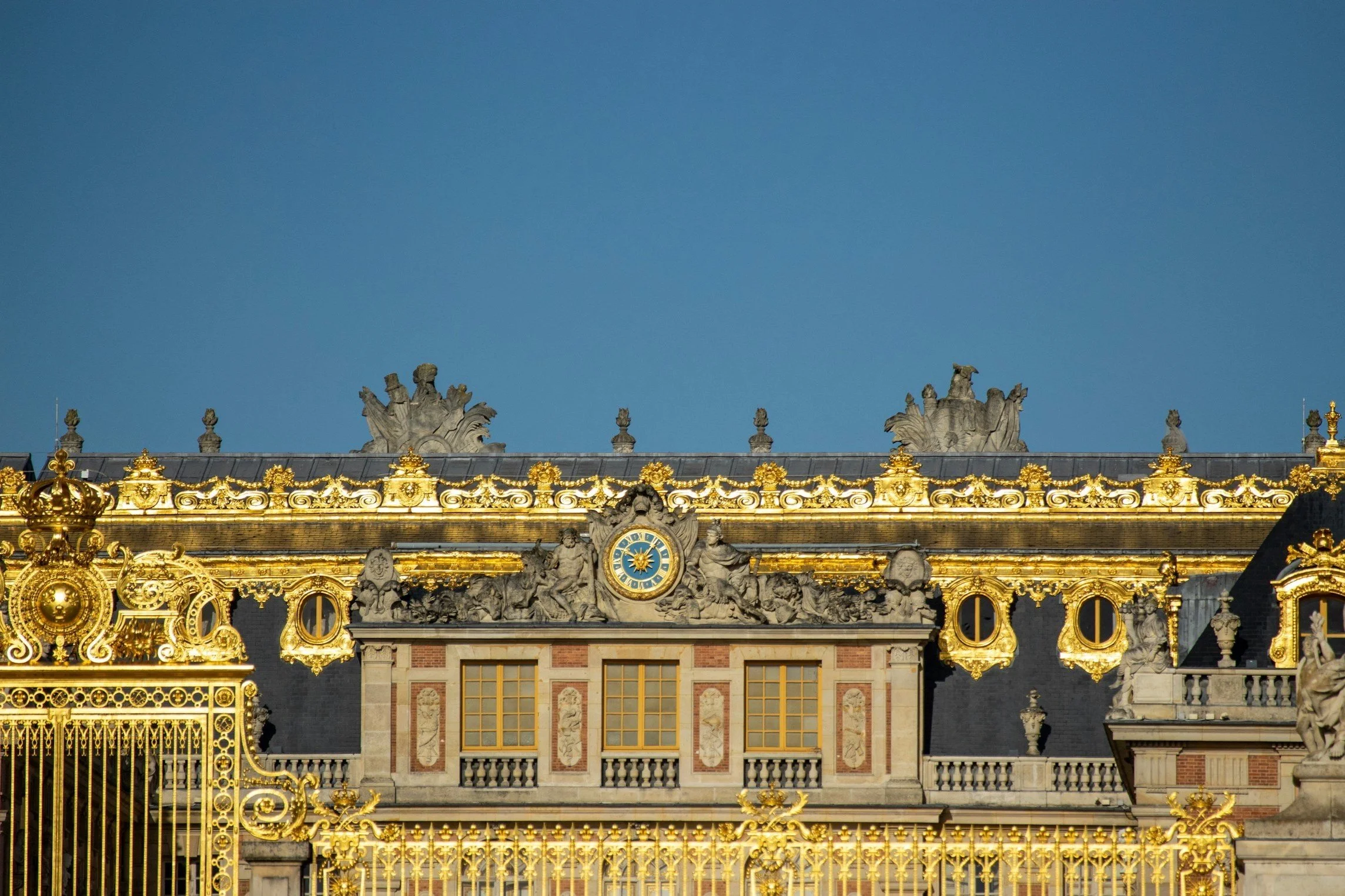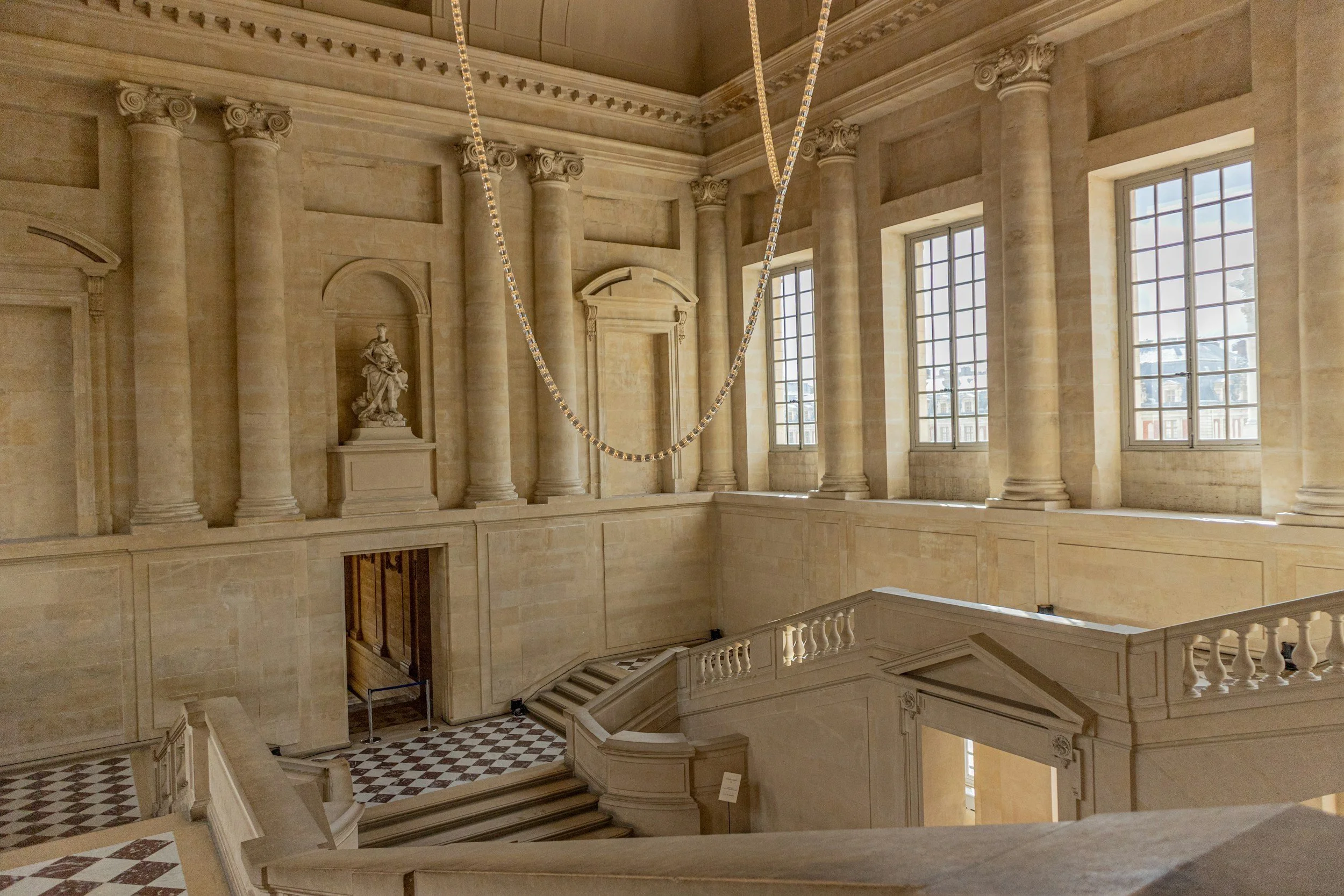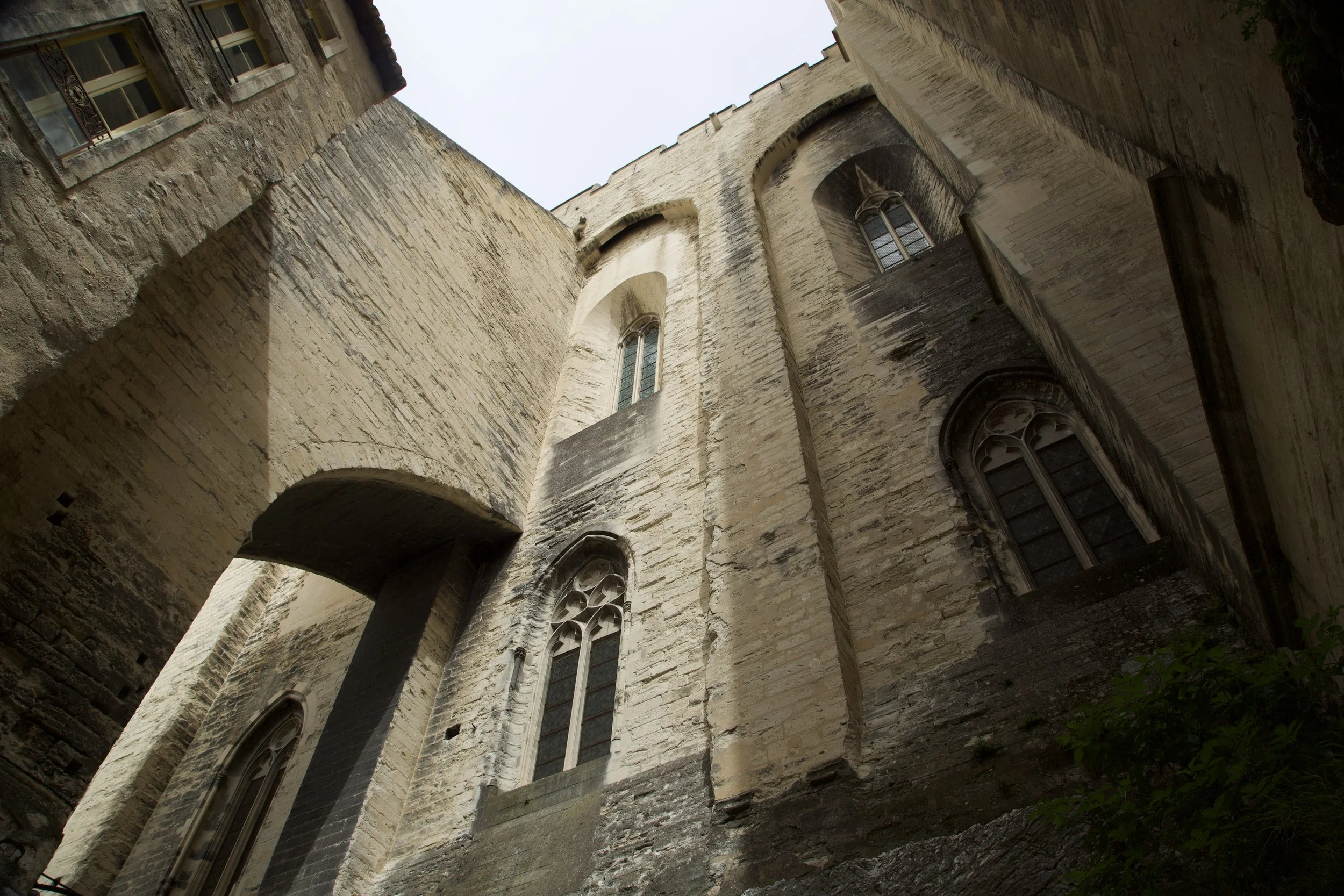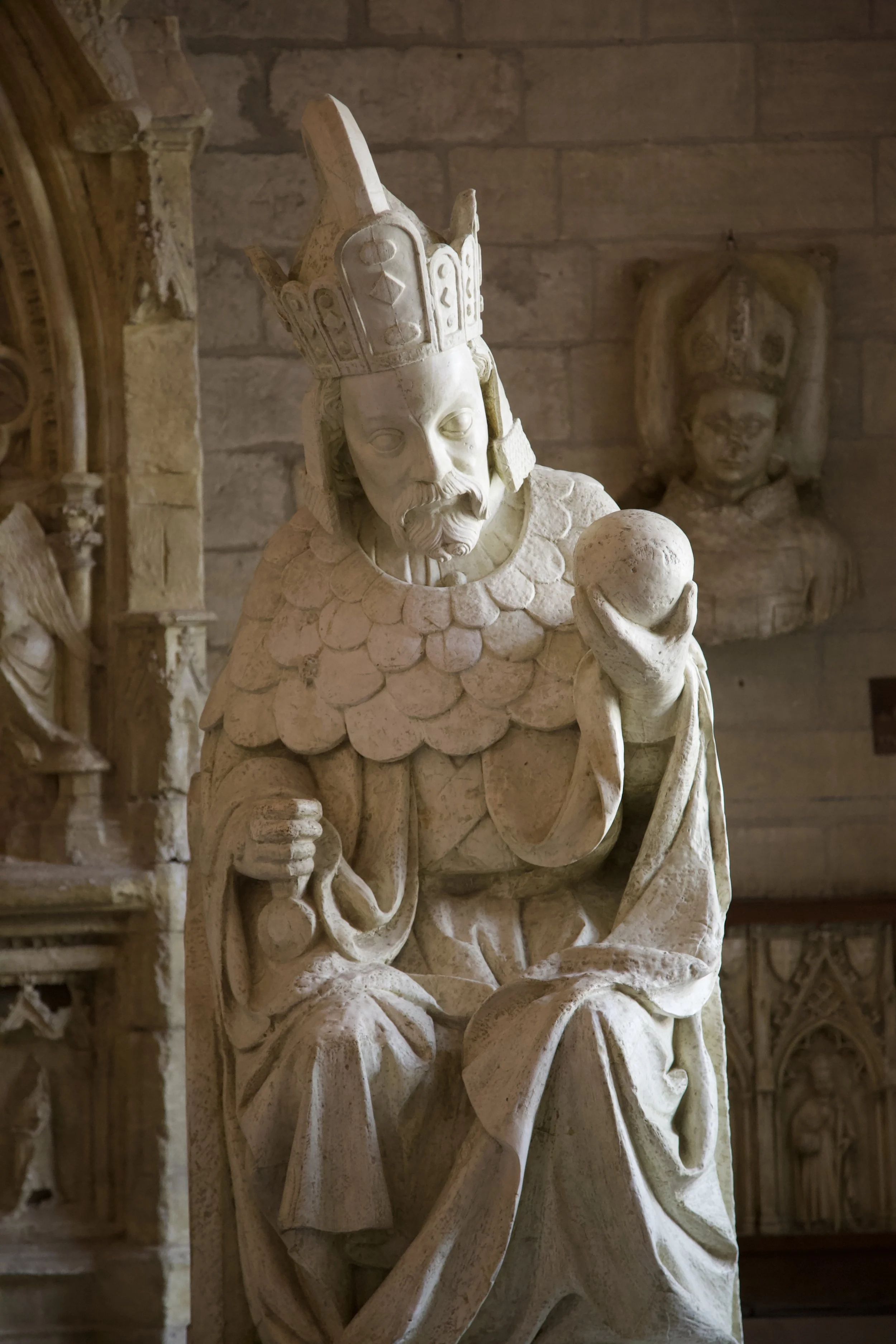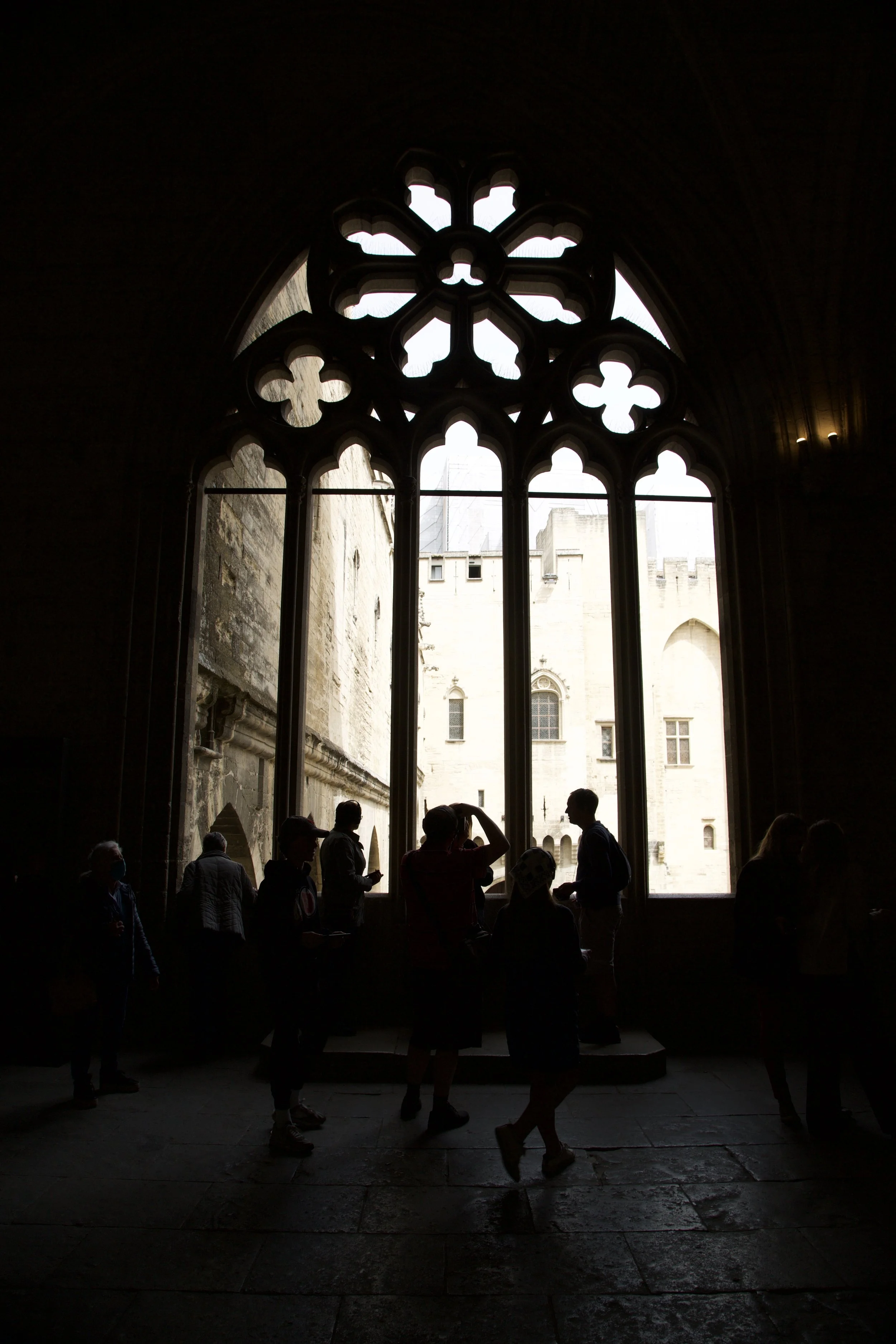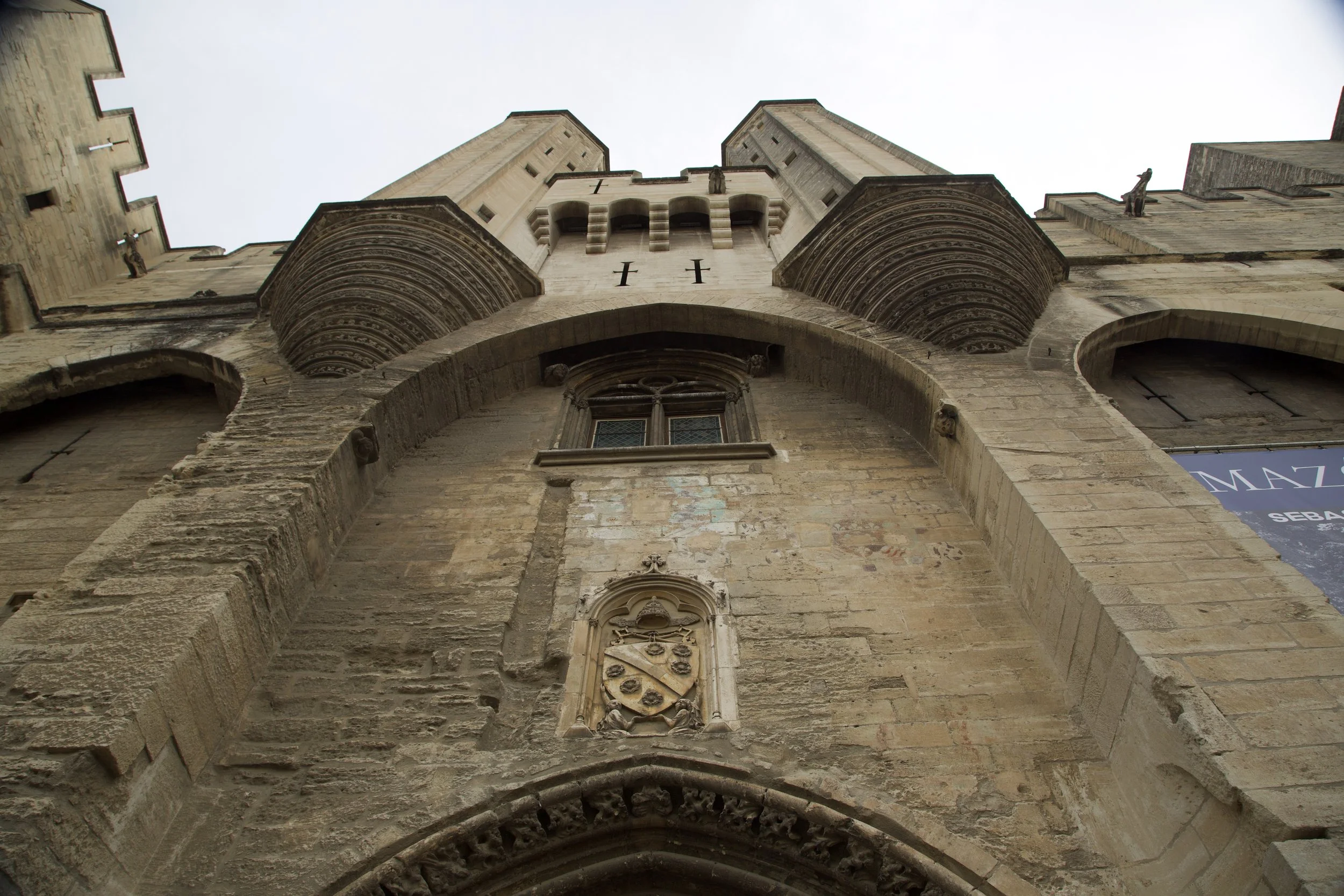the eiffel tower
The Eiffel Tower was built as the centerpiece for the 1889 World’s Fair as well as to celebrate the centennial of the French Revolution. Of 107 proposals, Gustave Eiffel’s tower was selected. Originally Parisians protested, claiming the structure was “useless and a monstrosity” and that “even comercial-minded America” would not like it.
To recoup some of his investment, Eiffel could keep his tower up for 20 years, but it was then going to be turned over to the government to be used as scrap metal. To save his tower, Eiffel cleverly built an antenna on top and wireless messages that were sent and received were so valuable the tower remained. Today there are over 100 antennas on the tower.
The tower was the tallest structure in the world for 40 years, twice the size of the world’s previous tallest structure, the Washington Monument. Eiffel built his apartment at the top of the tower, as well as a scientific laboratory for the best scientists. Underneath the tower’s south pillar is a military bunker and there is also a post office, with its unique postmark.
Between 1925 and 1936 the Eiffel Tower served as the world’s largest billboard, illuminating 100-foot vertical letters, spelling Citroen. The car advertisement could be seen for 20 miles and Charles Lindbergh used it as a beacon when he landed in Paris on his 1927 solo trans-Atlantic flight. During WWI the military used the tower’s wireless station to intercept enemy messages between Germany and Spain. During WWII Hitler ordered the tower to be destroyed, but his demands were never carried out. The French Resistance fighters cut the cables to the elevators, requiring the Nazi’s to climb the stairs to hang their flag atop what had become France’s iconic landmark.
The Eiffel Tower is painted every seven years with 60 tons of paint. The original color was red but it has also been painted yellow.
August 20, 2024
.
Camille Ebert
Palace of Versailles
.
August 25th, 2024
Camille Ebert
Ironically, France’s support of the American Revolution by Louis XVI led to his demise in the French Revolution. Not only did the French people see that a revolt could be successful by watching the Americans, but King Louis XVI plunged his country into bankruptcy through his spending habits during the war. The French noblemen, aristocracy and clergy were exempt from taxes, so the burden fell on the “Third Estate” which included the peasants, wage-earners and business class, who responded with strikes and revolts.
Furthermore, several years of drought led to skyrocketing bread prices, significantly draining these same people.
Before the revolution, The Palace of Versailles housed the monarchy and his court, including thousands of noblemen. Versailles, the most extravagant court Europe had ever known, turned out to be bad optics and terrible PR, with its 600,000 square feet, 3000 rooms, elaborate gardens and even a fake country village in which an often bored Marie-Antoinette could pretend that she was a peasant, while the French struggled to survive in wood and stone hovels just beyond the property walls.
Versailles’ calendar included daily banquets, balls, theater and parades that the noble families struggled financially to keep up with. Marie Antoniette’s annual clothing allowance was $3.6 million in today's dollars, and she purchased over 300 dresses a year. Unattainable expectations strained the court, as well as extravagant gambling, bribery and embezzlement.
In the early morning of October 6th, 1789, thousands of starving and defiant women stormed the palace gates, marching through gilded halls adorned with priceless art, beheading guards as they searched for the royal family. They were eventually calmed by Marquis de Lafayette, and the royal family relocated to Paris, by the mob's demands, never to see Versailles again.
.
Giverny
August 29, 2024
Camille Ebert
Monet defied his family by insisting on a career as an artist. His father was so unhappy, he cut him off financially. While Monet died a wealthy and respected man at 86, his fame was earned by pushing against the norms and drawing scorn from the established art community.
Monet grew up in Normandy and loved to paint the scenes around him. His artist friends encouraged him to set up his canvases outdoors, painting scenes exactly as he saw them. While “plein-air” painting seems obvious now, it was controversial at the time. Artists painted in studios so they could study their subjects in a perfectly controlled environment. Monet took his unorthodox method further and led plein-air tours into the countryside, encouraging fellow artists.
Monet joined the Paris art scene but few of his pieces were accepted by the annual Paris Salon, the best art exhibition in the western world. Frustrated, Monet, Degas, Manet, Pissarro and Renoir formed their own independent exhibition. They were criticized for their work, with others suggesting their pieces were unfinished, with loose strokes and vague forms. Intending to insult, they called them impressionists, claiming their works were just impressions of fine art. Monet and his friends considered the criticism a badge of honor and embraced their new title, calling themselves the Impressionists.
Monet bought his home in Giverny, 50 miles west of France, in 1890. He planted an English garden, diverted a river to from a pond and built an arched bridge over lily pads. He soon invited his artist friends to join him in plein-air painting sessions.
In his later years, Monet’s eyes began to fail him, so he compensated by using larger canvases and painting fewer details. He created even more exaggerated strokes and blurred lines. He devoted the last years of his life almost exclusively to painting his lily pads, creating on mural sized canvas. When Monet died, the French government installed his last water lily series in specially constructed galleries at the Orangerie in Paris where they remain today.
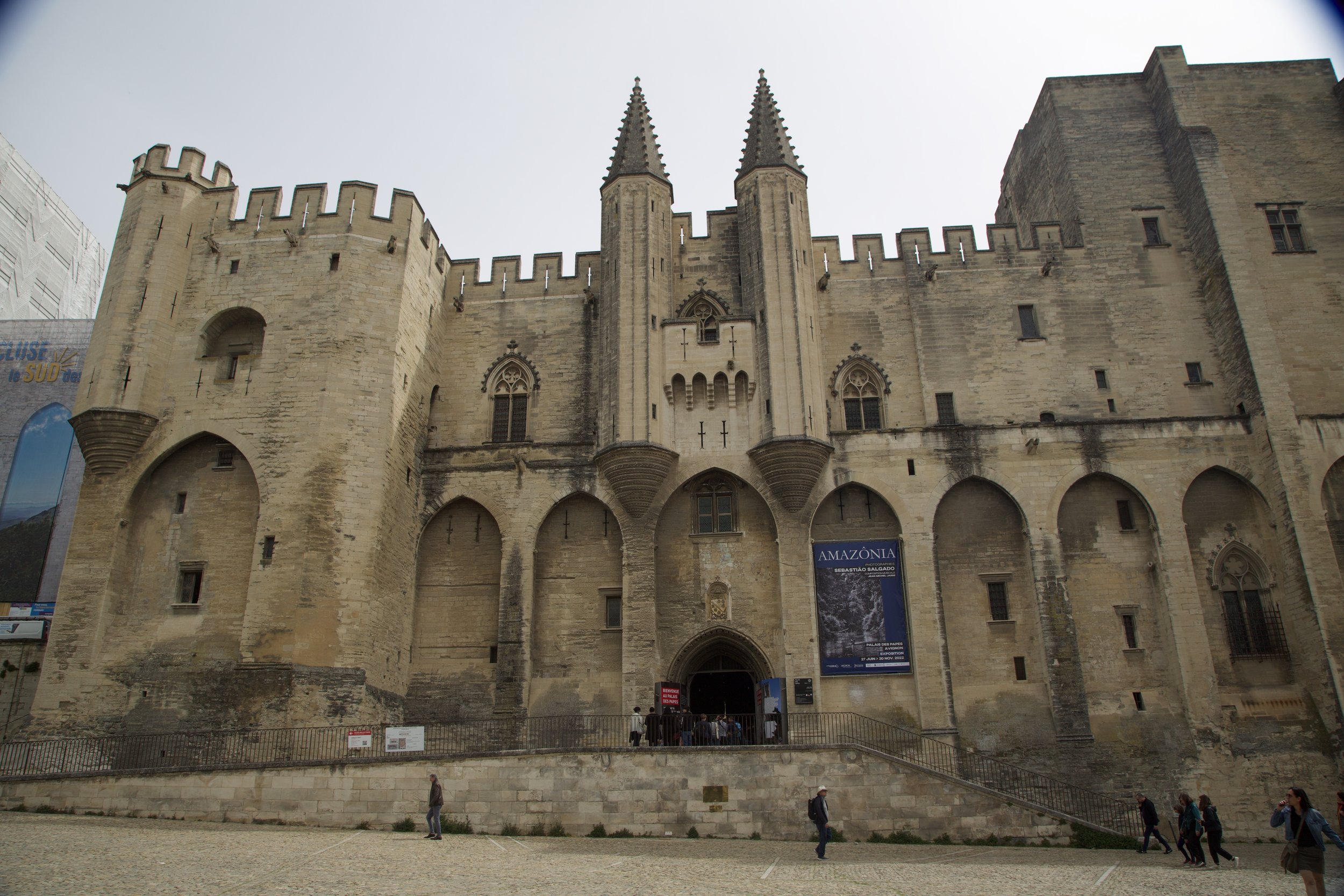
Avignon
.
August 31, 2024
Camille Ebert
The largest gothic palace in Europe, known as the Popes’ Palace, held the papacy and the workings of the church from 1309 to 1378.
During the Middle Ages the church and kings fought with each other for power. The popes meddled in secular business and the kings got involved in spiritual matters, causing conflicts.
The power struggle came to a climax with Pope Boniface VIII and King Philip IV of France.
Boniface issued a decree claiming the king could not tax the church. Philip then blocked gold coming into the church and compiled a list of unsavory sins supposedly committed by the pope. Boniface then publically excommunicated the king. The king had the pope kidnapped, during which his captors tormented him over the course of three days. He died a month later.
The next pope, Benedict XI, reinstated Philip into the church, but then mysteriously died, likely poisoned by the king.
A French Pope, Clement V was elected by the influence of the power hungry king. The Christians in Rome were angry the pope was French so, fearing for his life, Clement moved the papacy to Avignon. Now the pope was under the king's close watch, essentially becoming a puppet for the king. The pope surrounded himself with French cardinals, ensuring that subsequent popes would be French, further angering Christians in Rome.
Eventually the papacy moved back to Rome under Pope Gregory XI and soon died. Mobs of Italian Christians pressured the French cardinals to elect Urban XI, an Italian. He turned out to be a harsh reformer so the French cardinals returned to Avignon, renounced Urban’s papacy and elected a new pope in France. Now two popes were vying for power, one in Rome and one in Avignon. In an effort to resolve the problem, a third pope was elected in Pisa, further complicating and degrading the papacy. This was the Western Schism. While the papacy was eventually restored to Rome, people’s faith in the church was eroded, which led to the Protestant Reformation.





